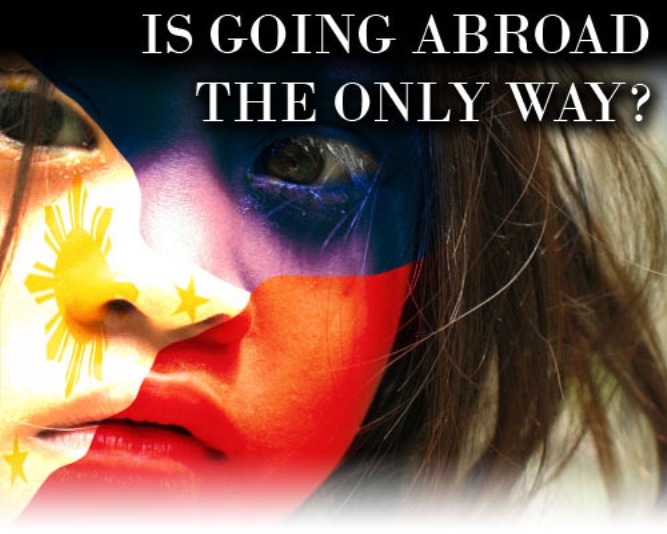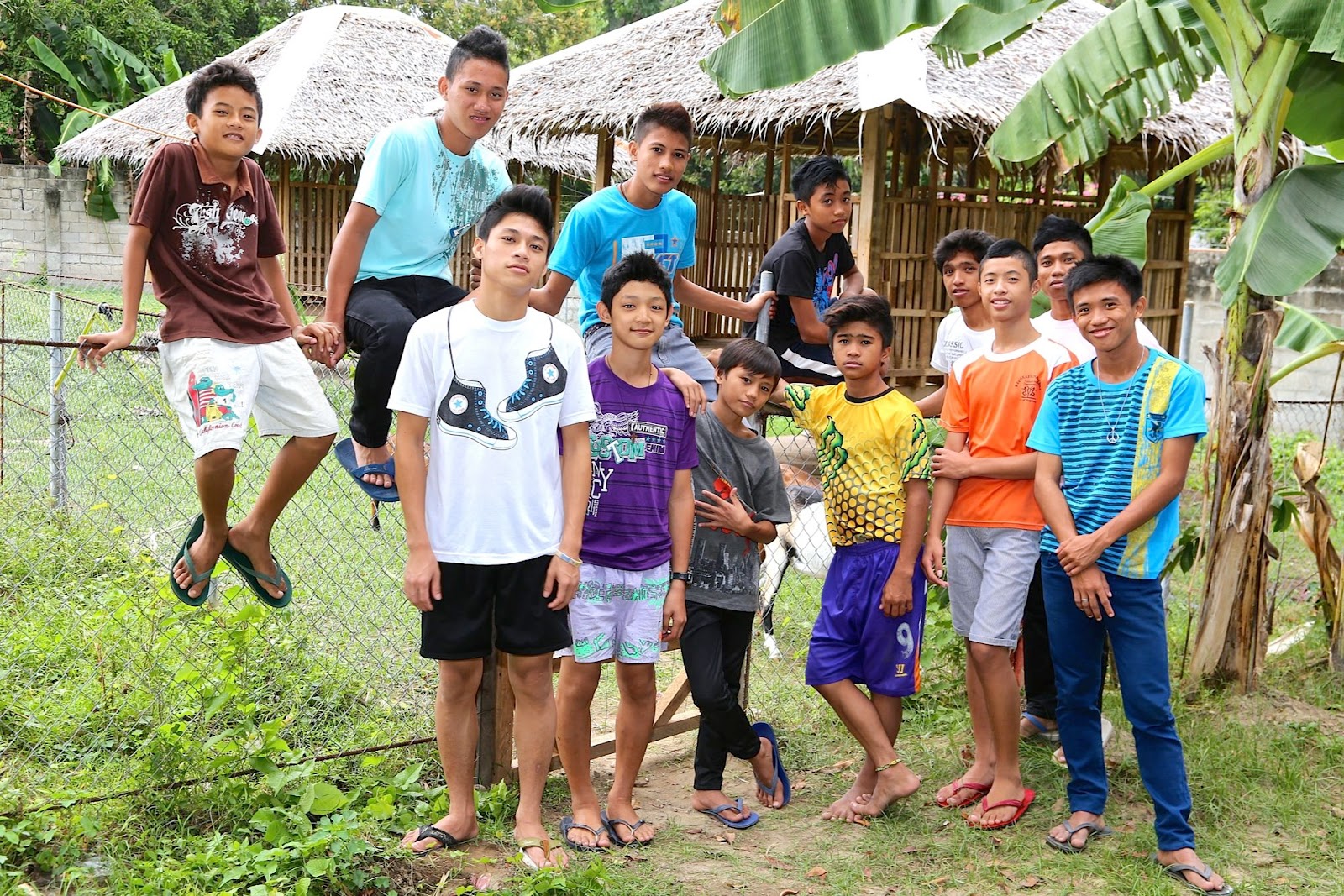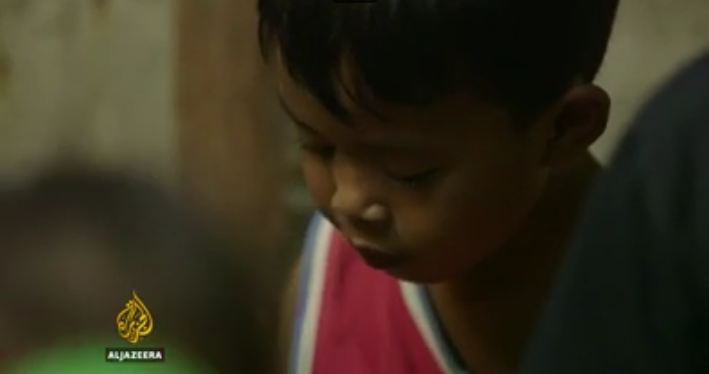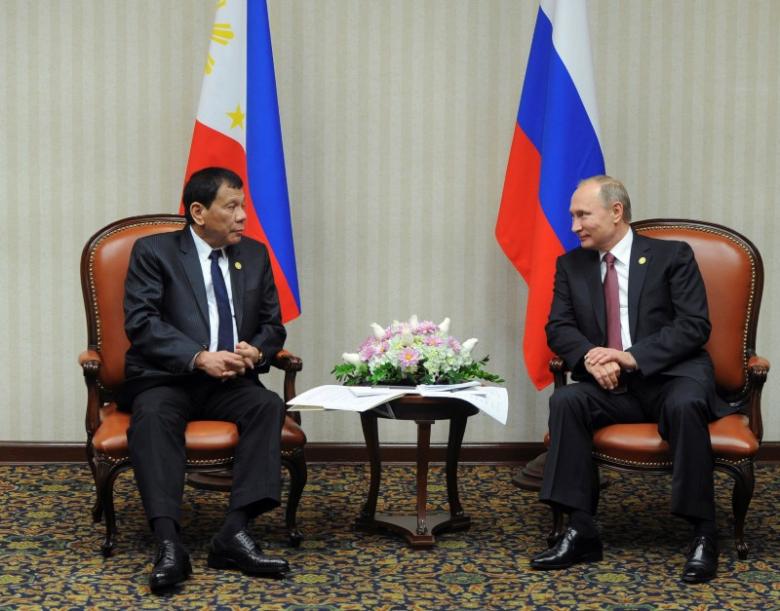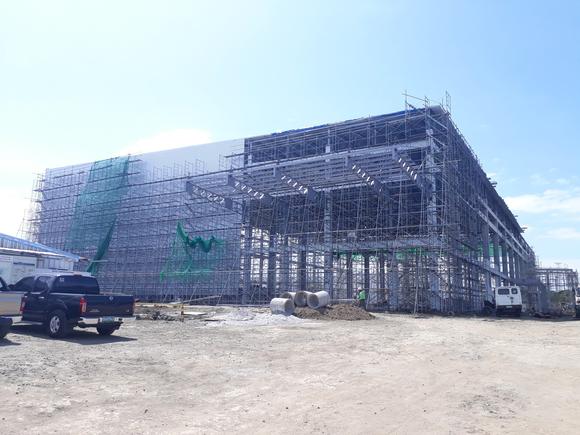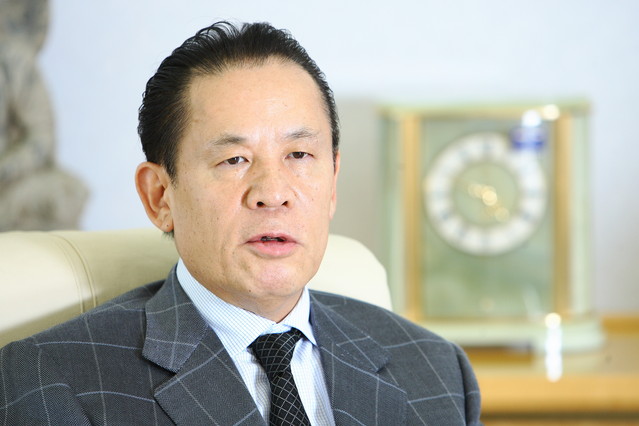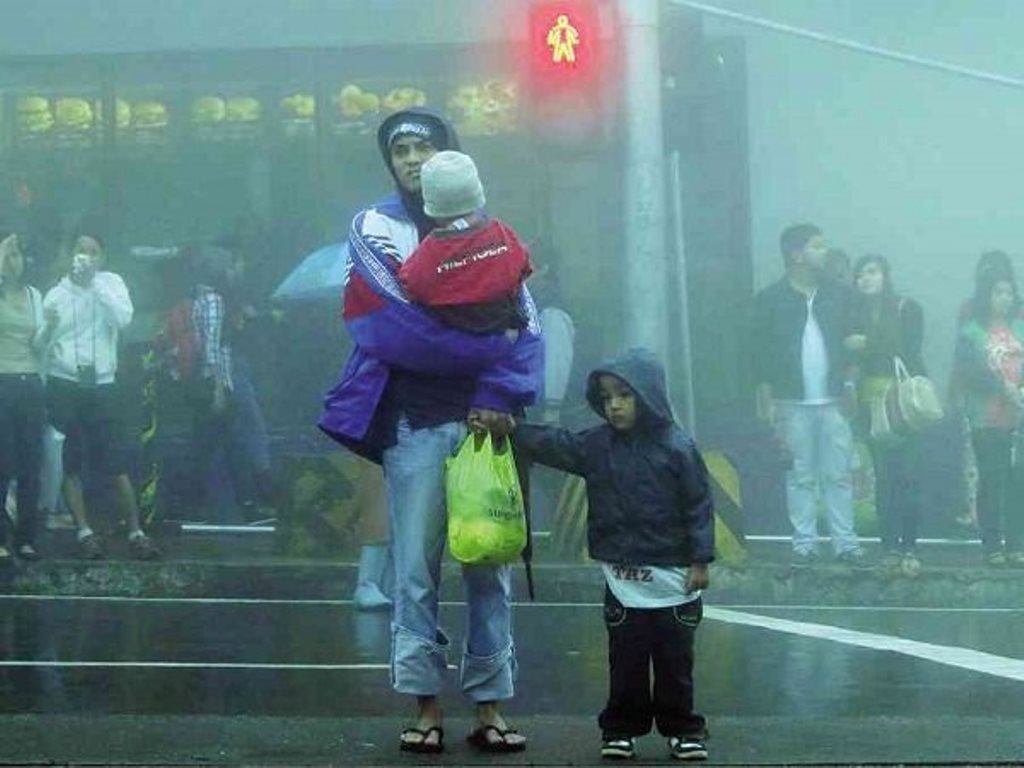
Building construction fast growth in the Philippines. Photo: Rappler
NEDA statement on Philippines’ Q4 2016 GDP growth
Below is the statement of Socioeconomic Planning Secretary Ernesto M. Pernia on the performance of the Philippine economy for the fourth quarter of 2016 and full year 2016:
Friends from the media,
Colleagues in government,
Ladies and gentlemen,
Good morning.
The 6.6 percent growth in the last quarter of 2016, backed by higher investment and consumption, is testament that our economy remains robust and is growing at a healthy and steady pace. Although this is lower than the 7.0 percent growth in the third quarter of 2016, this is higher than the 6.3 percent growth recorded during the fourth quarter of 2015. Let me note that the last quarter growth of an election year is usually slower than the first half due to the transition of government, and as investors adopt a “wait-and-see” attitude.
Economic growth from the first to the last quarter of 2016 has been very encouraging, with an average full-year growth of 6.8 percent. This is along the high-end of the government’s target of 6.0 to 7.0 percent growth rate for 2016. This also brings the seven-year moving average of real GDP growth rate to 6.3 percent - the highest since 1978.
We are likely either the third or fourth fastest growing major Asian emerging economy in the fourth quarter after China’s 6.8 percent and Vietnam’s 6.7 percent. For the full year of 2016, we could be the second fastest, with China growing at 6.7 percent and Vietnam at 6.2 percent for the whole year.
Domestic demand, in terms of investment and consumption, continued to fuel growth for the fourth quarter of 2016.
There was continued robust expansion in investments, which grew by 15 percent. Public investment in infrastructure remained strong with public construction expanding by 23 percent, faster than the 20.1 percent growth in the third quarter. Private consumption grew, though slower than the previous quarter, to a still respectable 6.3 percent in the fourth quarter. This is attributed to high consumer confidence, modest inflation and interest rates, and improving labor market conditions.
External demand improved with exports in goods rising by 9.6 percent in the fourth quarter from 7.8 percent in the previous quarter. Growth in imports likewise accelerated to 18.6 percent, supported by sustained increase in purchases of capital and durable goods, which indicate business and consumer confidence, and sustainability of growth.
In terms of sectors on the supply side, growth in services improved to 7.4 percent and industry grew by 7.6 percent in the fourth quarter. However, agricultural growth was a letdown as it returned to negative territory, reeling from the effects of typhoons “Karen” and “Lawin” during the fourth quarter of 2016.
Let me also add that the total factor productivity of the Philippines has been the fastest in ASEAN, growing at 2.3 percent. Additionally, capital efficiency has been improving.
To provide an outlook:
The industry sector is seen to stay vibrant. The construction industry, in particular, will be in the limelight following the government’s aggressive commitment to approve and implement critical infrastructure projects.
The services sector is also expected to remain strong, supported by moderate inflation, expected influx in inbound tourists, expansion in retail trade, a healthy financial system, sustained growth of remittance, and the continuing growth of the IT-BPM sector.
Domestic demand has so far remained buoyant, and should continue to provide support to economic growth in the near to medium-term. Improved employment prospects and favorable income conditions will underpin the growth in household consumption.
Overall, given this growth in 2016, we believe that the target of 6.5 percent to 7.5 percent for 2017 is highly likely. In the medium-term, we expect growth to strengthen further towards 7 percent to 8 percent. This would mean that, over the next six years, the economy will expand by about 50 percent in real terms, and per capita income will rise by over 40 percent. This should bring us to the upper middle income category standing by 2022. More importantly, we hope to reduce the poverty incidence to 14% by 2022, thereby lifting about 6 million Filipinos out of poverty.
To achieve these goals, we must not underestimate the risks that lie ahead. For now, our biggest roadblock is extreme weather disturbances like that of the El Nino. The country remains vulnerable to very strong typhoons. There is a strong call to develop our agriculture sector and make it resilient to such shocks. We are deeply concerned about the contraction of the crops sector in the fourth quarter following a contraction the previous year. More disturbing is the performance of the fishery subsector that remained in negative territory for almost 7 years now (except only in 2013).
Reducing the cost of food, especially of rice, is important in reducing poverty. At the same time, we need to raise productivity in the agricultural sector by helping farmers transition to higher value crops and making technology easily accessible.
Other potential downside risks also include possible policy shifts in the US, greater volatility in capital flows, and geopolitical risks. Thus, the government needs to remain vigilant and consider potential repercussions to the Philippine economy.
We need to nurture entrepreneurship and attract investments to produce higher-paying, higher quality jobs especially outside of Metro Manila. In turn, such investments will require a truly secure and stable economic and political environment. This will require that policy statements are consistent and predictable with each branch of government, or at least not logically inconsistent across the three branches of government.
Moreover, we need to ensure that our sectors are resilient and diversified in both of products and markets. In particular, we need to champion innovation and diversification in the industry sector as it is still heavily dependent on external demand. In the services sector, there is a need for a policy environment that makes it easier for firms to set up and operate businesses, as well as to comply with regulations. In this respect, we need to make our regulatory system much more efficient and transparent.
As you may be aware, we are now in the final stage of crafting the Philippine Development Plan or PDP for 2017-2022. This PDP provides a holistic and comprehensive approach to equipping the economy to accommodate higher growth in the following years. Importantly, this PDP is people-centered, as it is anchored on the people’s aspirations for the long-term, as articulated in AmBisyon Natin 2040. Among the government’s priorities are infrastructure development, human capital investment, regional development, social protection and humanistic governance in order to lay the foundation for inclusive growth, a high-trust society, resilient communities, and a globally competitive knowledge economy.
Also, we are happy with the development of President Duterte signing Executive Order 12 that mandates government to support modern family planning for mothers across the country. With the full implementation of the Reproductive Health Law, we can be assured of a healthier workforce, well-prepared for employment. Also with the right social development policies, we can develop the Filipino workforce to be both competent and adaptable. It will also greatly help our aimed-for poverty reduction target.
As we start the New Year, I am hopeful that we will maintain strong economic growth for the following four quarters and subsequent years. The government will remain steadfast in its work, making sure that economic growth is built on people-centered and people-powered policies, stable macroeconomic fundamentals, and strong partnerships with other countries.
For now, we can expect an eventful year ahead. Aside from the Philippines hosting the 2016 Miss Universe Beauty Pageant this January, this too is a significant year because of the Philippines’ chairmanship of the ASEAN 2017 Summit. Through the Summit’s series of multilateral and bilateral meetings to be held all throughout 2017, we anticipate more opportunities to partner with our neighbor countries, and we hope to forge new alliances, too, in the process.
Also expect the release of the PDP 2017-2022 next month, which makes for a very quick turnaround from the previous PDP. This is because we want to shorten the transition and bring to a close this “wait-and-see” period. As you know, the PDP is the blueprint of government policies and strategies. With the new Plan, the private sector, including those in business, will know exactly how government intends to steer the country’s development towards achieving for all a “matatag, maginhawa at panatag na buhay.”
It has been a good first year for the Duterte administration, and we are thankful for the cooperation between and among citizens, the government, and the private sector in ensuring a smooth transition from the previous administration to the current administration. More than just economic gain, indeed, achieving our collective aspirations is within reach if there is unity among sectors in working towards real, inclusive, and sustainable growth.
Thank you and have a good day.
Published at Business World Online

